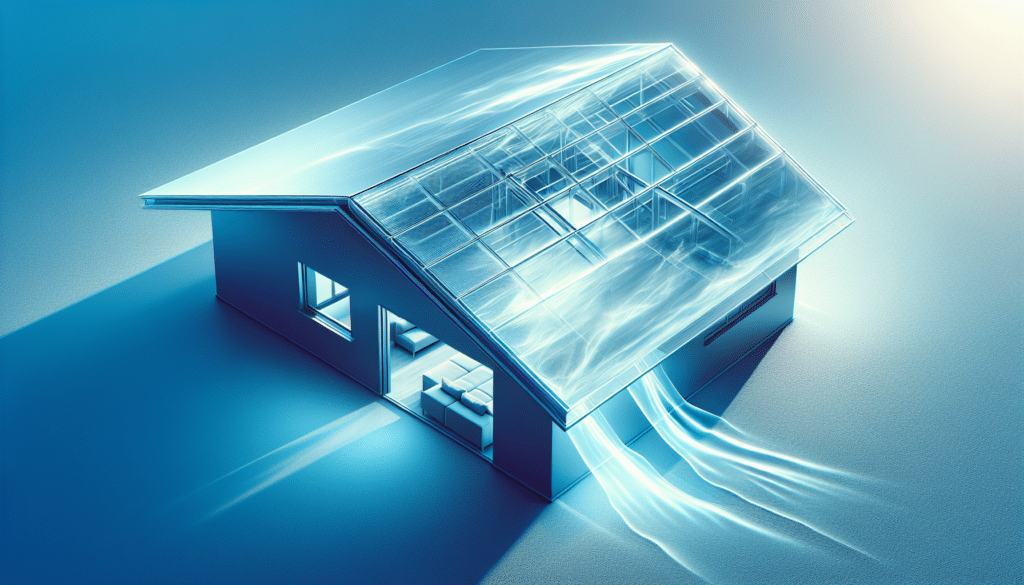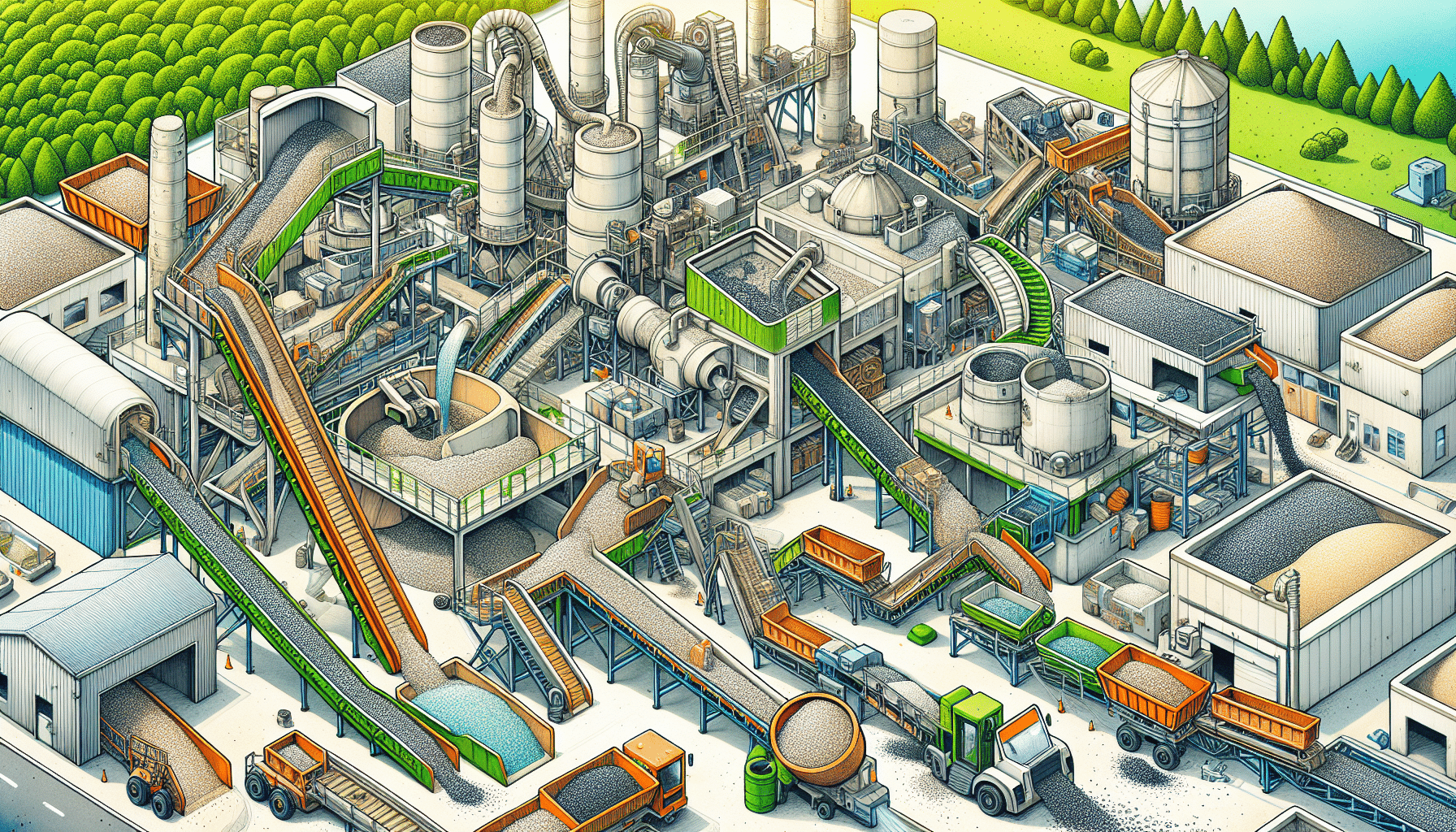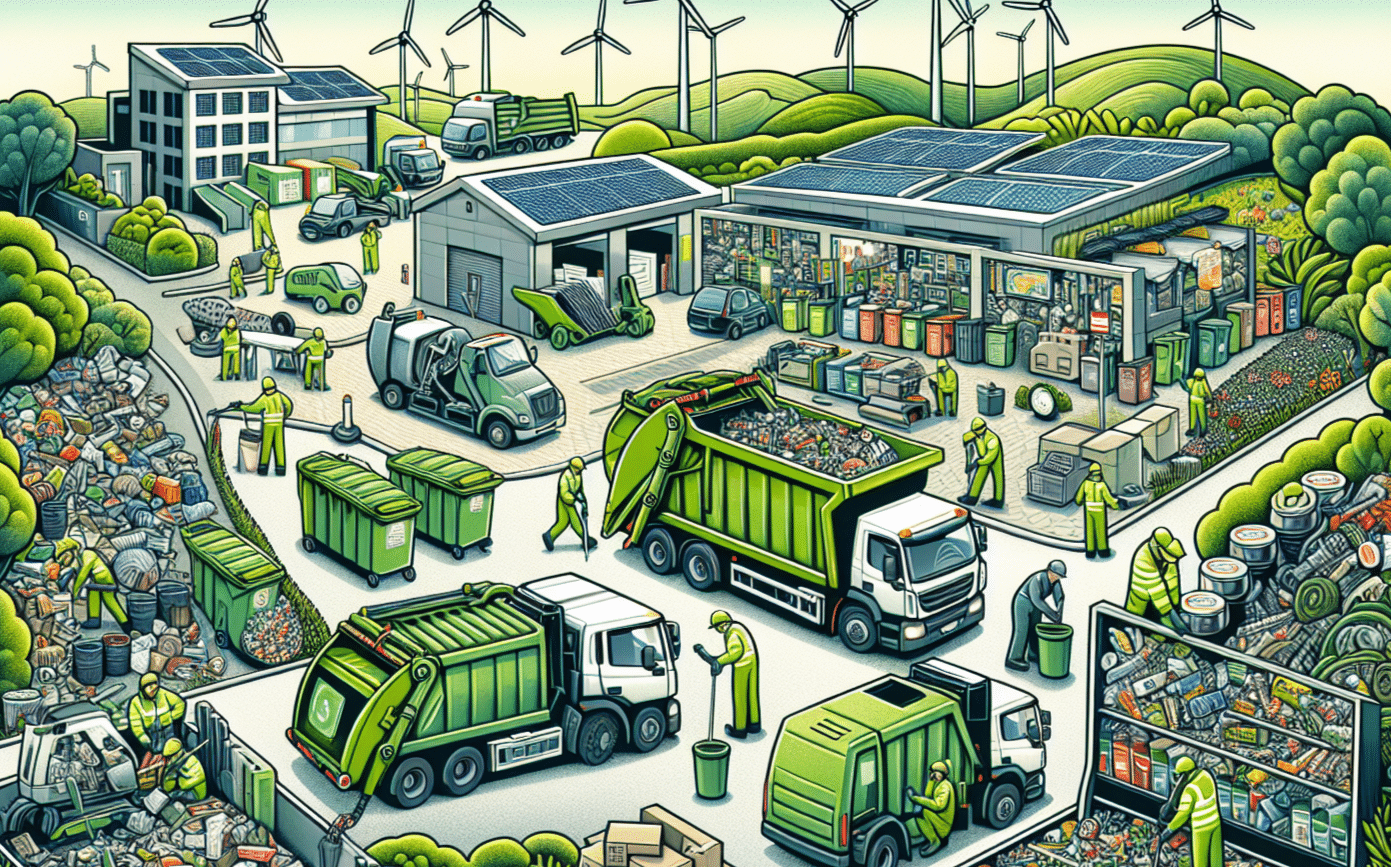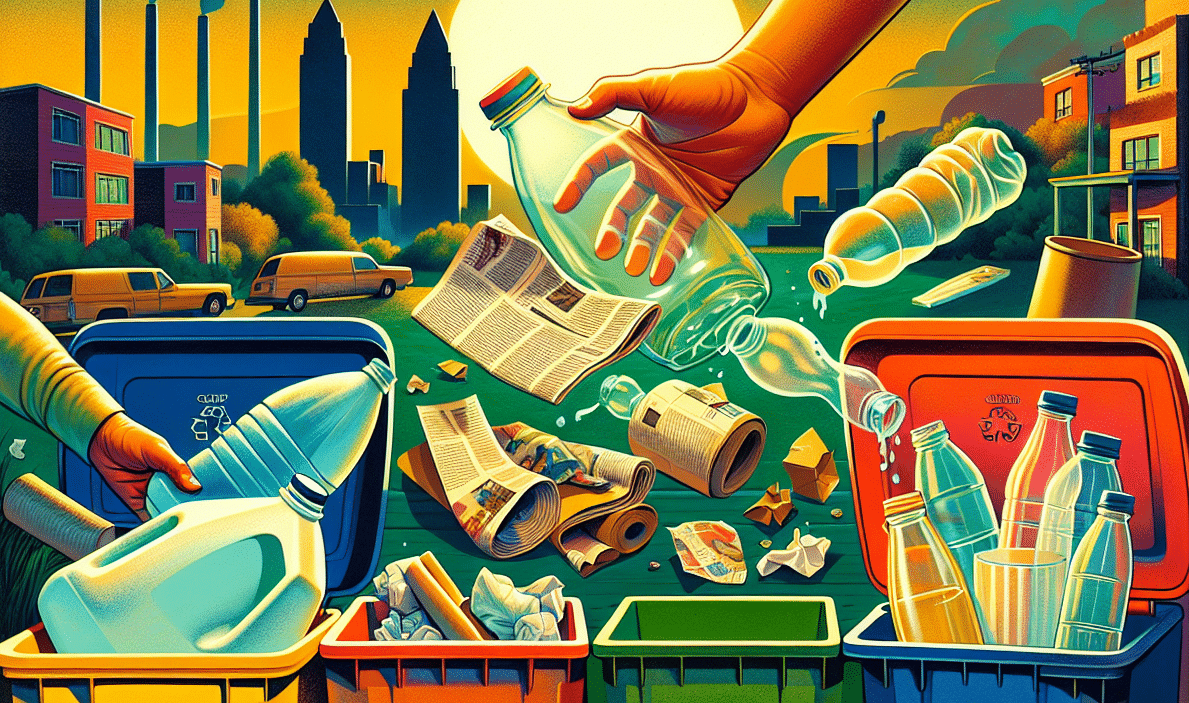Energy Star roofing strives to create a pathway to greener living and financial savings. In this guide, we’ll show you how these roofing options meet high standards of energy efficiency, offer cost-saving opportunities, and support environmental sustainability. With straightforward explanations, you’ll learn how Energy Star roofs work and what makes them a smart choice for homeowners. Get ready for an informative journey through the world of Energy Star roofing.
Key Takeaways
- Energy Star certified roofing products are designed to maximize energy efficiency, reduce environmental impact, and provide cost savings for homeowners.
- “Cool roofs” have high solar reflectance and emissivity, reflecting up to 90% of sunlight and significantly reducing roof surface temperature, leading to decreased heat transfer into the building and lower cooling costs.
- The Energy Star roofing program offers financial incentives for adoption and requires proper installation and maintenance for maximum efficiency.
Understanding Energy Star Roofing

The concept of Energy Star roofing is built on energy efficiency, environmental protection, and financial savings. The Energy Star program includes a range of roof products like asphalt shingles and roof shingles that meet stringent performance standards. These certified materials are designed to offer homeowners and businesses an effective way to combat rising energy costs and contribute to a greener planet.
The Role of the Energy Star Label
When a roofing material showcases the Energy Star label, it’s a declaration that it has passed rigorous energy efficiency and performance criteria. This label, established by the Environmental Protection Agency (EPA), provides assurance for those who invest in their homes and the environment. To secure this label, roofing materials must exhibit superior solar reflectance, which varies depending on the slope of the roof, and maintain a thermal emittance of 0.75 or higher, ensuring efficient heat release.
How Energy Star Certified Roofs Save Money
The allure of Energy Star certified roofs extends beyond their environmental benefits; they are also financial stalwarts. By installing Energy Star materials, homeowners can reap direct cost savings, with top-tier models offering savings up to $1.11 per square foot. The Residential Clean Energy credit sweetens the deal by offering a 30% income tax credit for clean energy installations on homes, further reducing energy expenditures. For commercial properties, Energy Star certified cool roofs aid in slashing air conditioning costs and easing the electrical grid’s load during peak periods. The cost-effectiveness of these roofs stems from their ability to maintain thermal performance under the sun’s relentless gaze, reflect sunlight and reduce heat absorption, and improve energy efficiency and reduce cooling needs.
The Science Behind Cool Roofs

Cool roofs stand at the forefront of roofing technology, thanks to their innate ability to reflect sunlight and emit absorbed heat. The efficiency of Energy Star rated cool roofs is particularly striking, with some capable of reflecting up to 50% of solar radiation, which translates to an approximate 50-degree Fahrenheit reduction in roof surface temperature.
Reflecting the Sun’s Rays
Reflective cool roofs act as solar shields, bouncing back sunlight and significantly lowering the roof’s temperature. The most reflective of the lot can reflect between 60-90% of sunlight. Even traditional asphalt shingles can be made with cool roof materials by donning a coat of light-colored or cool-colored granules.
Emissivity: Releasing Absorbed Heat
In the realm of cool roofs, high emissivity is a coveted trait as perfect emitters can rid themselves of all absorbed thermal energy. Materials that boast high emissivity work overtime to lower roof surface temperatures by efficiently releasing the heat they’ve absorbed. To achieve this, cool roofing materials may incorporate special pigments or receive surface treatments that boost their reflective capabilities.
Selecting the Right Energy Star Roof for Your Climate
In hot sunny climates, cool roofs promise increased savings. The arsenal of cool roof materials is vast, from shingles to reflective tiles, all armed with advanced technologies that enhance solar reflectance and thermal emittance. Whether it’s clay, concrete tiles, or cool shingles, incorporating Energy Star-rated materials into a building’s design is a strategic move for energy efficiency.
Incentives and Rebates for Energy Star Roofing
The path to Energy Star roofing is paved with financial incentives that aim to soften the initial investment blow. Homeowners and businesses alike can tap into a treasure trove of rebates and loans, tailor-made to support the shift towards cool roofs. For those navigating roofing options, the Cool Roof Rating Council provides an online database, helping seekers filter through roofing attributes like type, color, and performance, ensuring the right match for their needs.
Installation and Maintenance of Energy Star Roofs
The journey to maximizing energy savings with an Energy Star roof is marked by two critical milestones: proper installation and diligent maintenance. Here are the steps to follow:
- Ensure precise installation techniques are used to ensure wind uplift resistance and weather penetration prevention capabilities are fully realized.
- Use the right insulation to further enhance energy efficiency.
- Regularly inspect and maintain the roof to ensure it remains in optimal condition.
Regular maintenance, such as the removal of debris and vegetation, as well as periodic structural checks, not only conserves energy but also extends the lifespan of the roof, reducing the need for frequent replacements.
Choosing Qualified Manufacturers and Contractors
The selection of manufacturers and contractors is a pivotal decision in the Energy Star journey. Partnering with those aligned with Energy Star ensures adherence to stringent guidelines and the use of quality, energy-efficient materials. Manufacturers aspiring for the Energy Star mark must meet exacting criteria, and only those capable of a national distribution earn the certification, guaranteeing access to approved products across the market.
Project Specifications for Maximum Efficiency
To harness the full potential of Energy Star roofing, project specifications must be meticulous. For instance, spray polyurethane foam roofs, with their highly reflective protective coatings, are a prime example of efficiency-driven specification. Selecting materials that excel in solar reflectance and thermal emittance maximizes efficiency and ensures the durability of the roof, making it a smart, long-term investment.
Comparing Energy Star Roofing to Traditional Options
Energy Star roofing is capable of lowering roof surface temperatures by up to 100°F, which traditional materials can’t match. The energy impact is just as impressive, with reductions in peak cooling demand by 10-15%, offering a cooler, less energy-intensive indoor environment. Beyond individual buildings, Energy Star roofing plays a role in cooling entire cities by minimizing the urban heat island effect and reducing power plant emissions, a clear win over their traditional counterparts.
The Impact of Energy Star Roofing on Commercial Buildings

Commercial buildings clad in Energy Star roofs offer several benefits, such as:
- They help cool our cities, making them more livable by lessening the grip of the urban heat island effect.
- They witness a drop in electricity consumption, particularly in cooling, resulting in significant cost savings.
- They contribute to a reduced carbon footprint.
Transitioning from Energy Star: What Building Owners Need to Know
As the curtains close on the Energy Star roofing program, building owners must navigate the new landscape without the familiar Energy Star mark. The Cool Roof Rating Council (CRRC-1) Roof Product Rating Program emerges as a great resource for those seeking roofing product certification, ensuring that the legacy of high-efficiency roofing continues.
Summary
Throughout this exploration, we’ve unveiled the many layers of Energy Star roofing, from its cool reflective surfaces to its impressive energy-saving capabilities. Energy Star roofing is a guaranteed smart choice that delivers both economic and environmental dividends. Embrace this technology, and join the ranks of those leading the charge towards a more sustainable future.
Frequently Asked Questions
What exactly is Energy Star roofing?
Energy Star roofing refers to roofing materials that meet specific energy efficiency guidelines set by the U.S. Environmental Protection Agency, including solar reflectance and thermal emittance criteria.
How do Energy Star roofs contribute to energy savings?
Energy Star roofs contribute to energy savings by reflecting sunlight and emitting absorbed heat, leading to cooler indoor temperatures and reduced air conditioning needs.
Are there financial benefits to installing Energy Star roofing?
Yes, installing Energy Star roofing can lead to direct cost savings on energy bills and potential rebates, loans, and tax credits like the Residential Clean Energy credit.
Can Energy Star roofing materials be used in cooler climates, or are they just for hot sunny climates?
Yes, Energy Star roofing materials can be used in cooler climates, as they provide savings and efficiency.
With the Energy Star roofing program being phased out, what should building owners consider when choosing roofing materials?
Building owners should consider the Cool Roof Rating Council’s Roof Product Rating Program as an alternative for certifying energy-efficient roofing products. This can help them make informed decisions about their roofing materials.













































































































